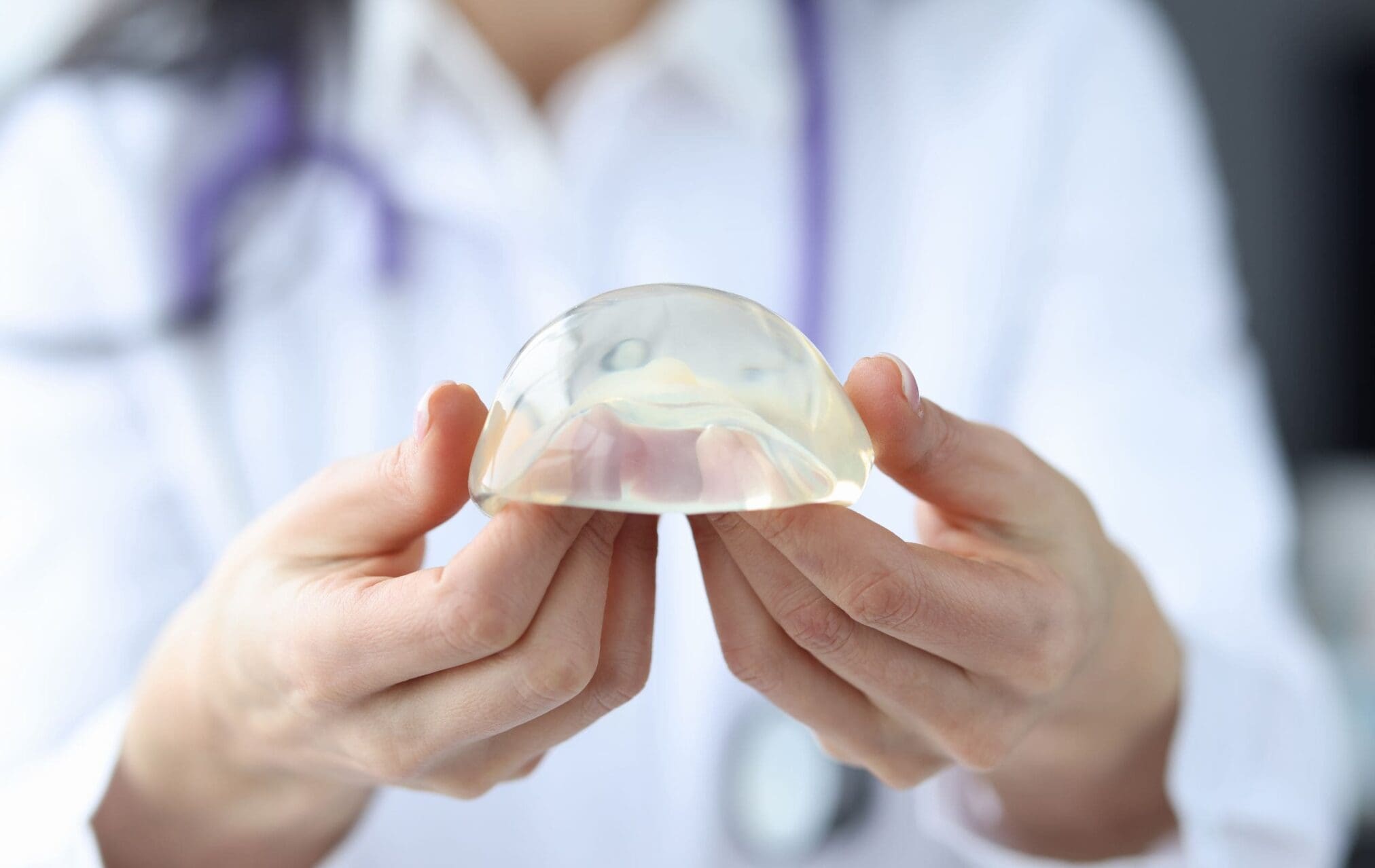What is the aim of the Italian National Register for Breast Prosthetic Implant?
Breast implants are used for aesthetic and reconstructive purposes. They are invasive medical devices, therefore, are class III implantable medical devices based on the Medical Devices Regulation (EU) 2017/745.
According to the data, almost 55.000 breast implant prostheses have been implanted annually in Italy from 2011 to 2021.
From March 25, 2019, to August 31, 2021, the pilot phase of the Italian National Register for Breast Prosthetic Implant (Registro Nazionale delle Protesi Mammarie) took place to collect data regarding breast implant prostheses. The National Register has the following goals
- Clinical monitoring of the subject undergoing implantation;
- Timely traceability of patients in case of need;
- Epidemiological monitoring for the purpose of study and scientific research in the clinical and biomedical fields.
The collected data will allow the prevention of medical complications and the improvement of the undesirable and long-term effects of clinical assistance management. They are also essential for market surveillance.
Pilot phase: data collected and results
During the pilot phase, the data collected concerned the patient, the type of breast prostheses (manufacturer, serial number, lot number, and prosthesis characteristics) and the hospital where the surgery occurred.
Before analysing the collected data, it is essential to emphasise that the number of breast implant operations registered on the Italian National Register is not fully representative. Registration on the database was voluntary.
More than half of the breast implant surgeries registered were for reconstructive purposes. Indeed, 4.652 breast implant surgeries took place for reconstructive purposes, whereas the surgeries for aesthetic purposes were 3.082.
Most of the patients (99,7%) that had a breast implant were women, and 40% of surgeries were held in private hospitals.
Other Registers for Breast Prosthetic Implants in the world
The Italian Register comply with Regulation (EU) 2017/745 on medical devices. Indeed, MDR Article 108 states that the Member States should “take all appropriate measures to encourage the establishment of registers and databanks for specific types of devices” to collect comparable information. Thus, it will be possible to evaluate the “long-term safety and performance of devices, or the traceability of implantable devices” (EC, 2017).
Therefore, in other EU countries, there are similar registers in the pilot phase, such as the French and the German registers, or fully operative, such as the Spanish one.
For now, all registers work on a voluntary basis, but Italy and Germany are opting for a mandatory register to have more data that covering all the national territory.
Are you a medical devices manufacturer interested in marketing your medical devices in the EU? Contact us now!
Claudia Argenti
Regulatory Affairs Department
14/10/2022
References
EUR-Lex. (5 April, 2017). REGULATION (EU) 2017/ 745 OF THE EUROPEAN PARLIAMENT AND OF THE COUNCIL – of 5 April 2017 – on medical devices, amending Directive 2001/ 83/ EC, Regulation (EC) No 178/ 2002 and Regulation (EC) No 1223/ 2009 and repealing Council Directives 90/ 385/ EEC and 93/ 42/ EEC (europa.eu). Retrieved on 20/10/2022.
EUR-Lex. (5 April, 2017) REGULATION (EU) 2017/ 746 OF THE EUROPEAN PARLIAMENT AND OF THE COUNCIL – of 5 April 2017 – on in vitro diagnostic medical devices and repealing Directive 98/ 79/ EC and Commission Decision 2010/ 227/ EU (europa.eu). Retrieved on 20/10/2022


